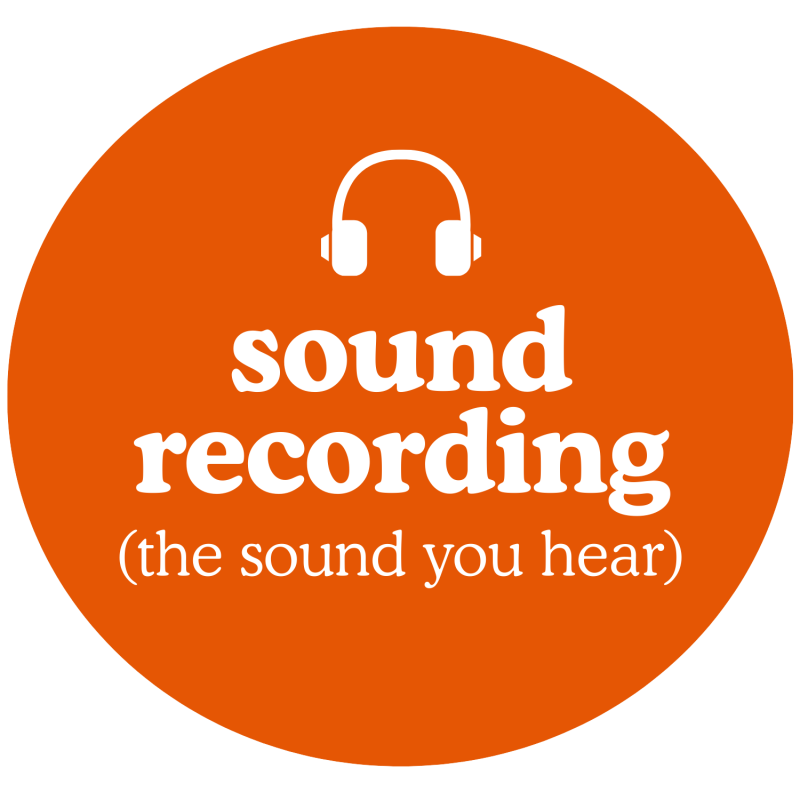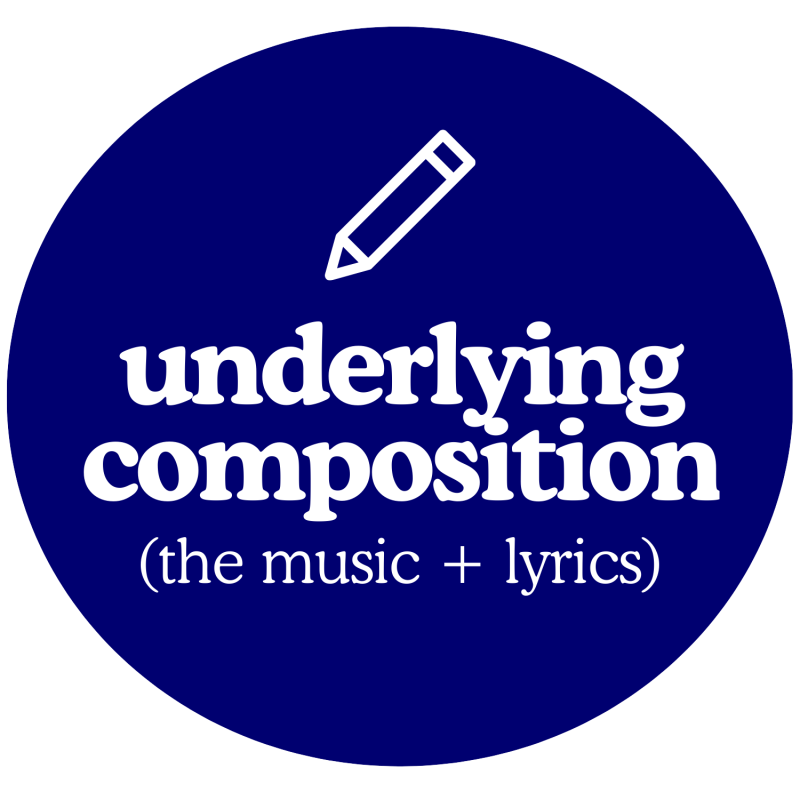Composition vs. Recording
In U.S. copyright law, a single song contains two separate copyrights: the sound recording (the sound you hear) and the underlying composition (the music/lyrics).

The sound recording is the captured performance of that composition: vocals, instruments, mixing, and mastering.
- Created by: Artists, producers, engineers, and labels
- Examples: Studio or live recordings

The composition is the song’s structure: melody, lyrics, harmony, and chords. It’s the version you might write down or register with ASCAP, BMI, or SESAC.
- Created by: Songwriters and composers
- Examples: Sheet music or lyrics
Think of it like this: the composition is the idea, and the sound recording is the execution.
A good example of the difference between the two is the song “I Will Always Love You”.
Dolly Parton wrote and performed the song in 1973. Nineteen years later, Whitney Houston recorded the same song. Two different master recordings, same composition.
“I Will Always Love You”
written by Dolly Parton
recorded by Dolly Parton
“I Will Always Love You”
written by Dolly Parton
recorded by Whitney Houston
Dolly Parton & her publisher own the copyright for the underlying composition (since she wrote it), and they collect publishing revenue for BOTH versions.
Suffice to say, it pays to be a writer!